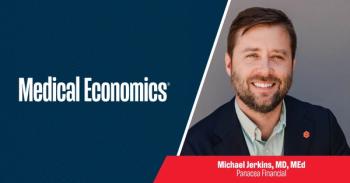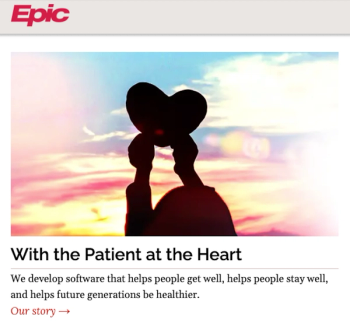
Navigating the health care staffing crisis: Strategies for success
Automation, flexibility and temporary staff all could be used to fill gaps when medical practices need workers.
The
Understand how the shortage affects you
Before creating plans to prevent staffing shortages at a hospital or clinic, health care executives and managers should understand how the shortages affect them directly. For example, the
Automate repetitive tasks
To minimize the impact of staffing shortages, especially in smaller clinics or hospitals, automation is key. Even a small clinic may spend hours per week scheduling or managing appointments, contacting patients to remind them of appointments, tracking assessments during appointments and doing other tasks. Tools exist to automate many of these responsibilities, ensuring a higher degree of accuracy and ideal timing. By integrating these tools with best practices in health care recordkeeping, practices can increase the quality of their records, improve patient attendance rates and reduce repetitive tasks for overworked staff.
Utilize technology for efficient appointments
Serving a larger number of patients is a critical goal of a limited number of physicians, especially those with larger overhead costs and higher patient needs. This goal can create excessive stress on nurses, physicians, assistants and other staff, but technology can help. Telehealth appointments can reduce the time staff members and assistants spend gathering basic information from patients, leaving more time for a physician to discuss each patient’s concerns directly. For acute care clinics and departments, the use of tele-triage can help patients and physicians determine the best route for care. This use of technology can decrease overcrowding and long wait times in emergency rooms.
Focus on retention and recognition
If hiring a new assistant, nurse or physician is not going to get much easier over time, organizations should focus on retention.
Offer flexible schedules
Health care organizations cannot guarantee that they will be able to exclusively hire medical staff, even nurses and physicians. This situation emphasizes the importance of providing in-demand advantages like flexible schedules to recruit a larger pool of candidates.
The current dynamic running through the industry highlights the effects of long-term stress and burnout on the careers of assistants, nurses and physicians. To mitigate these problems, many trained and certified health care professionals look for part-time and even per diem roles. These options allow health care workers to maintain some degree of control over their schedules and the amount of time they spend working for a single organization.
Provide professional development opportunities
Like any other long-term career path, physicians, nurses and assistants often expect opportunities to stretch their skills, grow in their positions and advance over time. Professionals in these fields are usually ambitious and self-driven, but the rigors of their roles may make it difficult for them to find the time and energy to pursue additional work off the clock. Health care organizations can increase incentives to recruit and retain by creating a robust program of professional development. Providing financial aid and other motivations for professionals to seek additional credentials or training can increase the quality of care at the organization while maintaining a key benefit for assistants, nurses and physicians.
Consider temporary staffing options
Overcoming the health care staffing shortage will not happen overnight, leaving many clinics and hospitals with pressing staffing needs right now. In regions with a heavy shortage, administrators may need to look farther afield to find trained professionals. Fortunately, organizations can find physicians, nurses and assistants who are willing to travel and offer their services under short-term contracts. Hiring for
The health care staffing shortage has created a crisis in some areas, with organizations unable to find sufficient assistants, nurses or physicians to meet critical patient care needs. By following these strategies, clinics and hospitals can find potential solutions to their staffing problems.
Garrett Norman is vice president of operations at
Newsletter
Stay informed and empowered with Medical Economics enewsletter, delivering expert insights, financial strategies, practice management tips and technology trends — tailored for today’s physicians.














